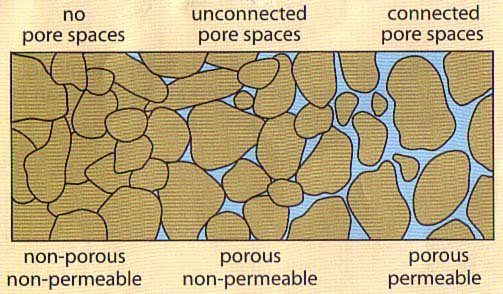SOIL IDENTIFICATION AND TEXTURIZATION
Soil Horizon
The layers in a soil profile or “pedon” are called horizons. Horizons within a soil survey vary in thickness and have somewhat irregular boundaries, but all of the boundaries generally parallel the earth’s surface. The uppermost layers have been changed the most, while the deepest layers are most similar to the original parent material.
There are different types of soil, each with its own set of characteristics. Dig down deep into any soil, and you’ll see that it is made of layers, or horizons (O, A, E, B, C, R). Put the horizons together, and they form a soil profile.
Organic: Layer of organic materials covering the upper mineral horizon.
A Horizon: Dark colored than the lower horizons and contains more organic matter.
B Horizon: Some constituents such as oxides and clay moved downward from the A horizon by percolating water.
C Horizon: The least weathered of the unconsolidated material bedrock, and R Horizon.
R Horizon: unweathered bedrock.
Soil Pedon and Horizons
Soil Color
Color of soil is an important feature in recognizing different soil types, but color is also an indicator of certain physical and chemical characteristics.
Color in soils is due primarily to two factors:
1. Humus Content - A very high content of humus may mask the color of the mineral matter to such an extent that the soil appears almost black regardless if the color status of the iron compounds.
2. Chemical Nature of Iron Compounds Present in the Soil - Iron is an important color material because iron appears as a stain on the surfaces of mineral particles. About 5 percent or more of mineral soils is iron.
Soil Structure and Consistency
Soil Structure and Pore Spaces
Pore Spaces within soil are essential for water and air movement, root penetration, and supporting soil microorganism
Soil Mineral Particles
Coarse Fraction (Rock Fragments): > 2.0 mm diameter
Fine Earth Fraction: < 2.0 mm diameter
Sand: 2.0 - 0.05 mm diameter
Silt: 0.5 - 0.002 mm diamter
Clay: < 0.0002 mm diameter
Soil Texture
How to determine soil texture by feel?
Field Determination of Soil Texture
The determination of soil texture is made in the field mainly by feeling the soil with the fingers, and sometimes by examination under a hand lens.
Procedure
Moisten a golf ball-sized soil sample until moldable, then squeeze to form a ribbon and estimate clay content.
If the soil is extremely sticky and stiff, it’s a clay; sticky and stiff, it’s a clay loam; soft and slightly sticky, a loam; easy to squeeze or crumbly, a sand.
If the soil feels very smooth, describe it as silty,; if somewhat gritty, no adjective; if very gritty, call it sandy.
If 85%-100% sand, it’s sand; 70-85% sand, it’s loamy sand; 50-70% sand, it’s sandy loam.
To distinguish silt from silt loam, very slick soil is silt, and somewhat slick soil is silt loam.





